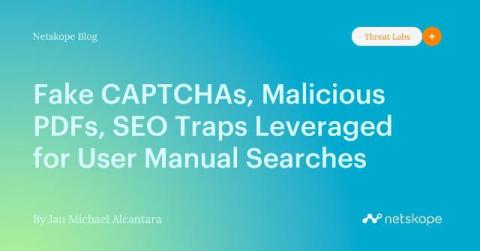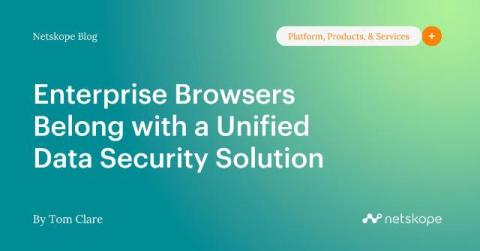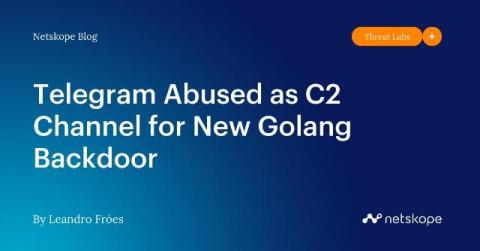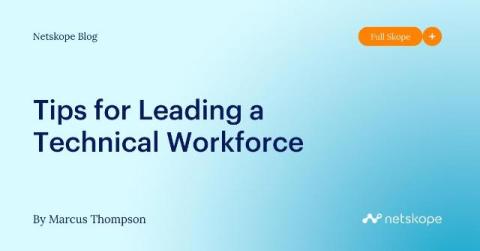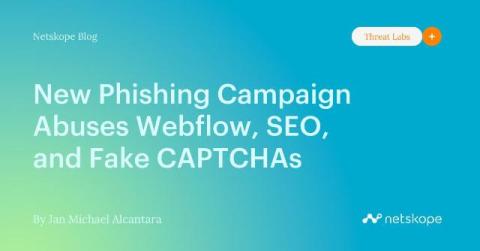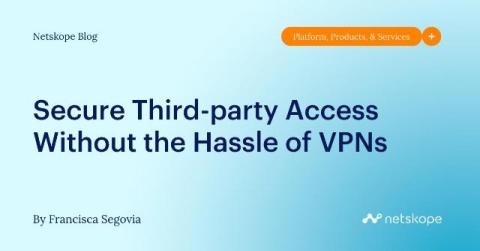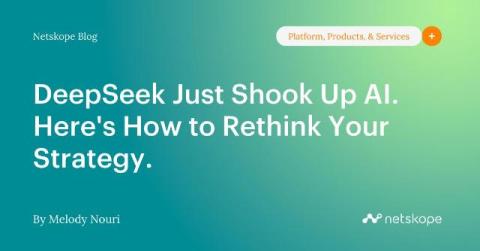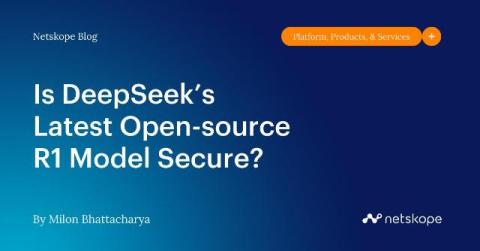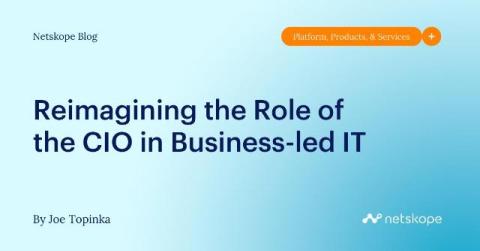Fake CAPTCHAs, Malicious PDFs, SEO Traps Leveraged for User Manual Searches
On February 12, 2025, Netskope Threat Labs reported a widespread phishing campaign using fake CAPTCHA images via Webflow CDN to trick victims searching for PDF documents on search engines. These PDF files lead to phishing sites designed to pilfer victims’ credit card and personal information. As we hunted for similar phishing campaigns, we discovered many more phishing PDF files with fake CAPTCHAs distributed across multiple domains.


